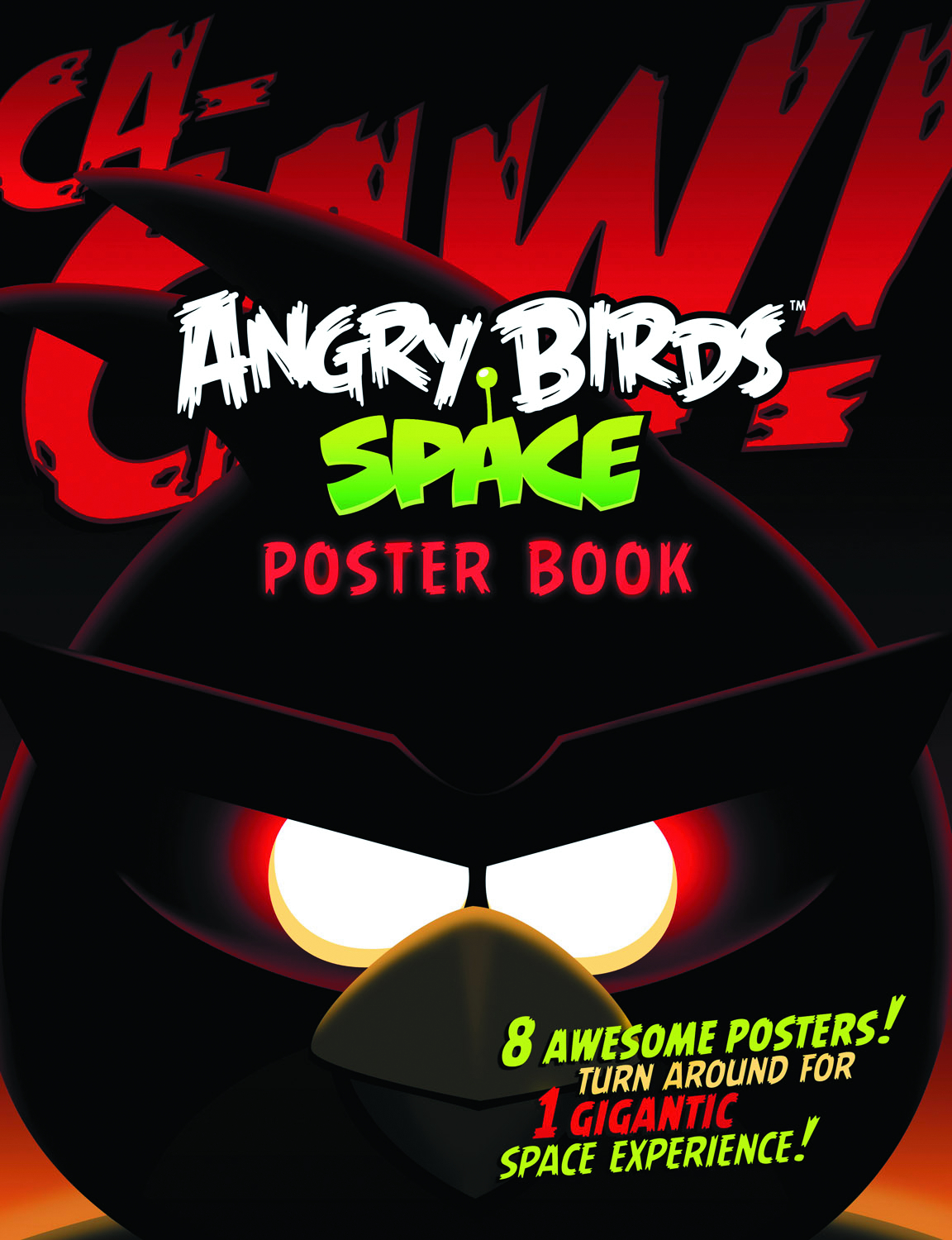
Angry monsters space drop how to#
That is, you can design a monster for a very specific purpose in your game if you know how to do it right. 5E has everything you need to build monsters at almost exactly the right power level AND also to design to specific combat roles and tactics. BOOOOORRRRRIIIIINNNNNNGGGG.īecause, here’s the dirty little secret I discovered. And the spellcaster is just a hodgepodge of spells.

Angry monsters space drop plus#
To be fair, they are well-designed and they follow of the philosophy of race plus role defines stat block, but your basic monsters have to fill all the combat roles and the leaders generally fill the same role plus one support ability. The creature, the leader, and the spellcaster. At most – AT MOST – you get three versions of a creature. In addition, the idea of statting up creatures differently for different roles also disappeared. In gaming, as in all things, I’m pretty much the most moderate of moderates. Because, me, as much as I love a good story – and I really do, you can’t deny I have a keen understanding of narrative building and the freedom that a good RPG brings – I also love the solid gameplay experience that is a well-build combat. So a goblin ambusher did things differently than a bugbear ambusher or an orc ambusher. And beyond that, most abilities were flavored by both role and race. They shared some common abilities and their ability scores were pretty similar. There were certain Traits that unified all goblins. Well, the reason I said it COULD have presented a problem is because the designers were actually very smart.

What makes them feel like members of the same race? After all, when you have five different goblin stat blocks, what is it that – mechanically – makes them all goblins. Now, obviously, that works really well with roles and team building. You had the sniper goblin, the lurker goblin, and spell-slinging goblin. So, you didn’t have one goblin, you had several. The other thing that 4E did was to give you some variety with your monsters. For a GM who cares about the quality of their combat encounters, that s$&% is in-f$&%ing-valuable. And then it told the GM exactly what that specific thing was. And enough hit points to take a beating.Įvery monster was built to do something specific. And it had a high armor class so it was hard to hit. Or interpose its shield to protect another creature. Or maybe it could take damage for its allies. It had reactions to keep PCs from getting away, for example. The designer built the monster to do just that. So, when a designer decided to build a defensive monster, that told him that the monster was going to have to be hard to hit and be able to maintain some control over the battlefield. The other half of the story is that the roles were cues to the designers. And so on.īUT, that’s only half the story of monster roles. A damage dealer could provide a distraction for an ambush monster. A defensive monster could protect a sniper. These roles became especially useful in team-ups. Sniper monsters need terrain to protect them from approach. Defensive monsters pin PCs down and benefit from chokepoints. Ambush monsters need ways to approach the PCs unseen. Every monster had a stated role: it was a defensive monster, it was an ambush monster, it was a damage-dealer, it was a support monster, whatever. Well, monster roles were central to that idea. And understanding that strategy is the key to building a really good combat encounter. A monster is a strategy, it’s a way of fighting. See, as I’ve noted in previous articles about building combat encounters, a monster isn’t just a set of stats.
Angry monsters space drop manual#
Because they had consciously decided not just to fill the Monster Manual with the same old rehash of the same old monsters.īut beyond that, there were two really neat (and related) things that the 4E Monster Manual did that were incredibly useful. I remember listening to James Wyatt explain the 4E Monster Manual to Mike Mearls and Dave Noonan before it’s release and he was so f$&%ing excited about all the amazing, creative things they were doing. In the first Monster Manual, demons were half-elemental fiends, elementals were hybrid creatures like tornadoes filled with shards of rock, angels were just awesome, the lamia was actually a collection of beetles dressed up like a person, and there was a thing called a rimefire gryphon. The creatures in 4E were imaginative and interesting and new.

Most notably, I loved the Monster Manuals. In some ways, I really hated 4th Edition. Look, it’s no secret that my relationship with 4th Edition was (and still is) complicated.


 0 kommentar(er)
0 kommentar(er)
